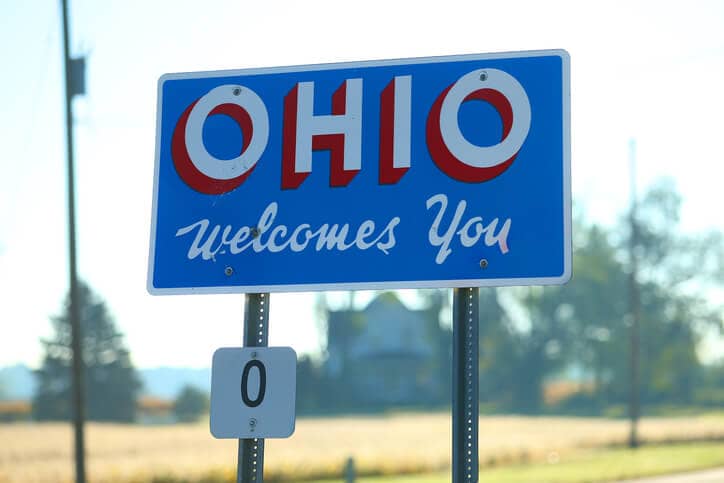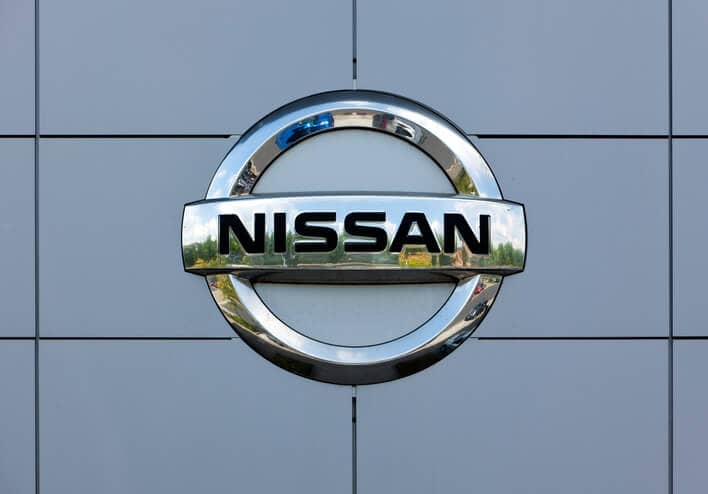The International Organization for Standardization (ISO) has published TS 19880-1 for hydrogen fueling stations, recommending the minimum design characteristics for safety and, where appropriate, for performance of public and non-public fueling stations that dispense gaseous hydrogen to light-duty fuel cell electric vehicles.
The ISO notes that these recommendations are in addition to applicable national regulations and codes, which can prohibit certain aspects of this document.
This new standard is applicable for fueling light-duty hydrogen land vehicles, but it can also be used as guidance for fueling buses, trams, motorcycles and fork-lift truck applications, with hydrogen storage capacities outside of current published fueling protocol standards, such as SAE J2601.
Specifically, ISO ISO 19880 provides guidance on the following fueling station elements:
- Hydrogen production/delivery system;
- Delivery of hydrogen by pipeline, trucked in gaseous and/or liquid hydrogen, or metal hydride storage trailers;
- On-site hydrogen generators using water electrolysis process or hydrogen generators using fuel processing technologies;
- Liquid hydrogen storage;
- Hydrogen purification systems, as applicable;
- Gaseous hydrogen compression;
- Pumps and vaporizers;
- Gaseous hydrogen buffer storage;
- Pre-cooling device; and
- Gaseous hydrogen dispensers.
Residential applications to fuel land vehicles and non-public demonstration fueling stations are not included in ISO/TS 19880-1:2016.






